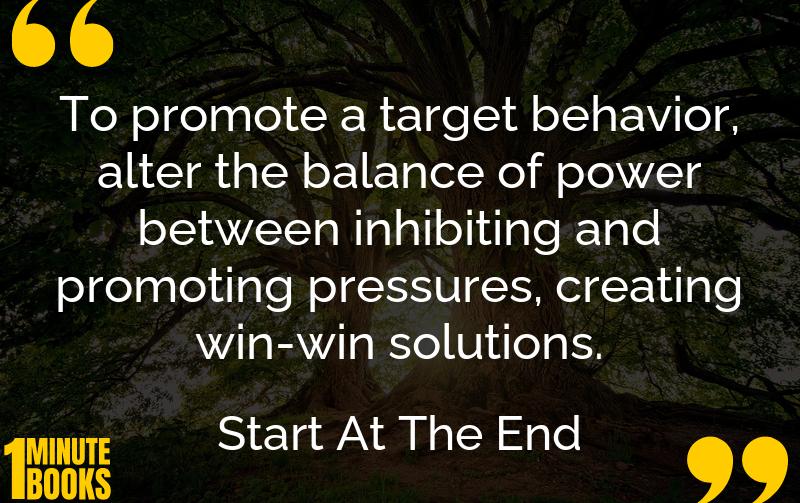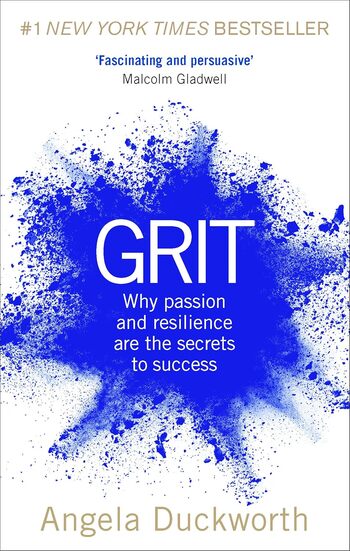
Matt Wallaert’s ‘Start at the End’ explores the Intervention Design Process, guiding readers to design impactful products by identifying behavioral gaps, mapping pressures, and ensuring ethical interventions.
Main Lessons
- Intervention Design Process (IDP) helps identify gaps between real and ideal scenarios, creating effective products.
- Behavioral statements articulate desired behaviors, target populations, motivations, preconditions, and metrics.
- Pressure mapping identifies promoting and inhibiting factors affecting behavior, guiding interventions.
- Understanding contextual complexity of pressures is crucial for accurate behavior influence.
- Shifting pressures’ balance can be achieved by decreasing inhibiting pressures or increasing promoting ones.
- Combining interventions helps create win-win solutions, enhancing desired behaviors.
- Conducting ethical checks ensures interventions align with target populations’ goals with transparent methods.
- Pilot studies test interventions with small samples to avoid resource waste on ineffective strategies.
- Empirical validation and data analysis are vital in confirming intervention success during testing.
- Post-pilot, larger tests in operational clean conditions confirm feasibility and cost-effectiveness.
- Practical exercises like pressure mapping and crafting behavioral statements enable tangible product design.
- Ethical considerations and real-world examples like Clover Health guide intervention application.








